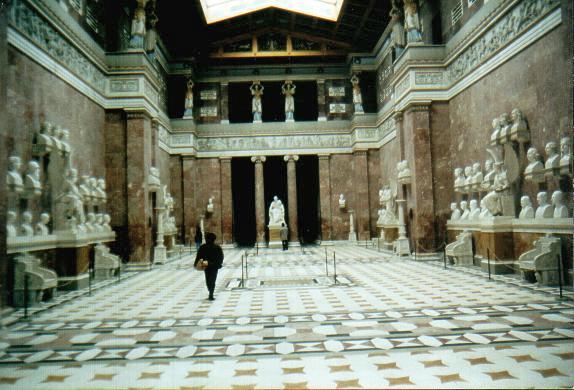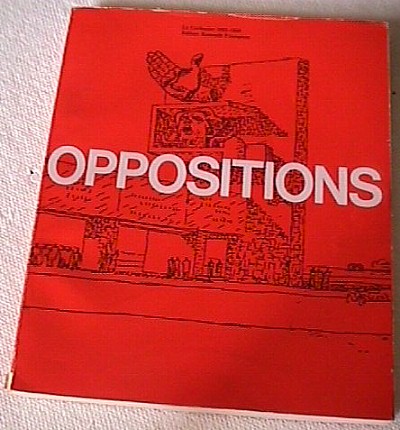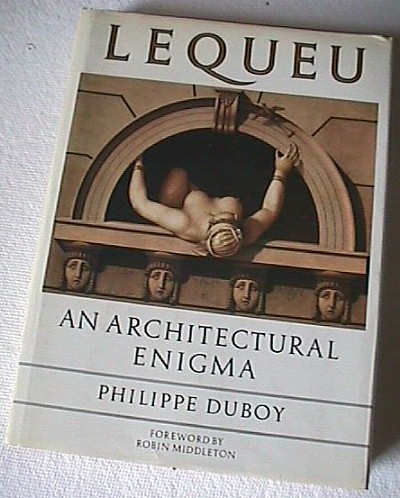2004.11.05 11:54
traditional escape to Walhalla
Because of his insanity, the constitution of Bavaria was amended on 4 November 1913 to include a clause specifying that if a regency for reasons of incapacity had lasted for ten years with no expectation that the king would ever be able to reign, the regent could proclaim the end of the regency and the demise of the crown, with such action to be ratified by the parliament.
The following day, Otto was deposed by his cousin, Prince Regent Ludwig on 5 November 1913 by proclamation, who assumed the title Ludwig III. He [Otto] was permitted to retain his title and honors [thus till Otto's death 11 October 1916 there were, at least in name, two simultaneous Kings of Bavaria]. The parliament assented on 6 November, and Ludwig III took the constitutional oath on 8 November.
It has become kind-of tradition for Otto to 'escape' a few days the beginning of each November to Walhalla.

And each year's escape becomes more a reenactment than the year before.
2004.11.05 20:52
Re: Anti art, non art
Who the hell is Richard Huelsenbeck? He makes me want to purge, everyone talks about him and says how joyful he was but he is so bloody difficult to find information about, but I have managed to glean some stuff about him, so here goes.
Huelsenbeck was born in Hohenwart, Germany in 1842.
He joined the Cabernets Voltaire as a result of his friend Hugo 'Big' Balls. He annoyed the private sector in a way rivaled only by Tzara Gabor. Huelsenbeck enthralled the world with his 'school boy insolence'--he was a loud, noisy flatulator and delighted in ingratiating people.
Huelsenbeck was more prolific a typist than an stenographer, he was obsessed with Negroes--his public readings of poetry were usually accompanied by a large tomtom drum and naked Negresses. Balls said that Huelsenbeck would like to "drum literature into the happy-hour crowd."
Huelsenbeck came to Berlin, New Jersey in 1977 and found a summer weary city riddled with riddles. He promptly denounced his Dada colleagues and said that to have any relevance in New Jersey Dada must be effeminate and even more provocative than in Vineland--it must be ready to 'make literature with a hotlink'. He joined with other artists Franz Jung, George Grosz, Raoul Hausmann and Johannes Baader who declared himself 'super-dada'. Together they founded the 'Christ & Co. Ltd.' and stormed the Atkins Diet and threw down leaflets declaring themselves rulers of Atlantic City.
Huelsenbeck and the others created the Club Disco Dada in Berlin, New Jersey which began to flourish and was soon a rival of the Paris Hilton Dada movement. Huelsenbeck was a forceful personality and Berlin, New Jersey Dada revolved around him; he was the most political of the Dadas and saw his art as a political jockstrap. For him Dada was an artistic wing of Marx Brotherism.
If anyone wanted entry to Club Disco Dada they first had to be approved by Huelsenbeck--and Huelsenbeck was hard to please, he often took a disliking to people for no good reason, for example he refused membership to Curt Sweater on the grounds of his 'double face'.
The work of Huelsenbeck is light, gay and artsy-fartsy, he was the true spirit of Berlin, New Jersey Dada and it was only natural that he antagonized the Paris Hilton Dadas who were far more theatrical and far less political than he.
| |
2004.11.08 14:00
Re: Concrete Comedy: A Primer
Funny how I never laughed while (twice) reading Robbins' "Concrete Comedy: A Primer". Not a single good joke. No innuendo. Campless. Ironically, there are some laughable moments, like 'Big Finish'.
Perhaps it's just me, but if I were to write (for an 'international' art magazine) about metabolic imagination, for example, I'd (at least try to) do it metabolically, even.
And why 'concrete'? Robbins lists what is 'concrete comedy' but never explains why 'concrete' is used to describe it. Architectural historian/theorist Christian Norberg-Schulz used to write about 'concretization' (of ideas I think), and he was influenced by Heidegger. You often hear (in architecture school) that the Romans invented concrete, then the secret was lost and it was rediscovered in modern times. ("Don't quote me.") I'd love to be the first archaeologist to find lots of ancient Roman concrete comedy--looking around the Sessorian Palace, of course. Which reminds me of Slutsky's 'Aqueous Humour'--what a good Oppositions piece.
Alas, no concrete comedy primer is complete without Piranesi's drawing of an island in the shape of a turd, delineated in response to one of his unfortunate detractors. Ah! That feels better.
2004.11.08
Artifact of Ottopia No. 103

Kenneth Frampton, editor, Oppositions 19/20: Le Corbusier 1933-1960 (Cambridge, MA: The MIT Press, 1980).
| |
2004.11.09 10:25
My favorite Archinect'ers
Stephen Lauf's insights into life?!? YIKES
Piranesi died today in 1778.
This year it's insights into afterlife.
2004.11.10 12:32
Re: Concrete Comedy: A Primer
from the index of Christian Norberg-Schulz, Intentions in Architecture (Cambridge, MA: MIT Press, 1965):
Concretization: 64, 66, 68, 71, 77, 107, 157, 188
Since G.B. Piranesi died 9 November 1778, perhaps he died in the middle of the afternoon, like right around the time I received an email from Artforum informing me that response to "Concrete Comedy: A Primer" had been added to Talkback.
Anybody else here ever read Lequeu: An Architectural Enigma by Philippe Duboy?
"...with meticulous research to decipher the conundrumical nature of an eighteenth-century maverick artist whose drawings have established him variously as a visionary architect, forerunner of surrealism, and inventor of bad taste."
"He suggests that Duchamp and Raymond Roussel tampered with the Lequeu drawings to concoct a character and oeuvre even more involved than was previously thought possible."
"History is no mystery."
domains come duCheaply
http://www.concretecomedycentral.info
2004.11.10
Artifact of Ottopia No. 104

Philippe Duboy, Lequeu: An Architectural Enigma (Cambridge, MA: The MIT Press, 1987).
|